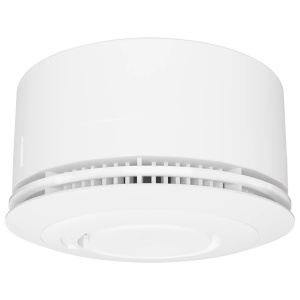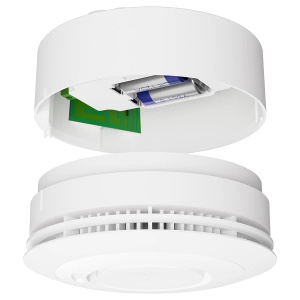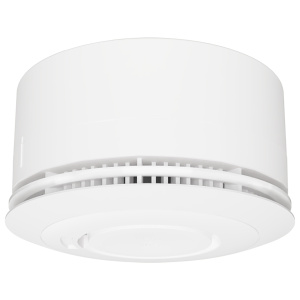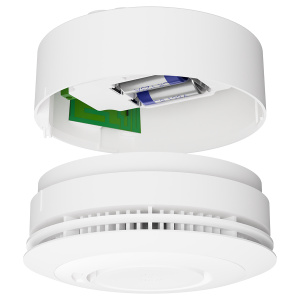Smoke Detectors
Modern smoke alarms often come with additional features, such as battery backup, wireless connectivity and smart technologies. Wirelessly connected smoke detectors can communicate with each other, allowing the alarm signal to spread throughout the building. Smart smoke detectors can be linked to a mobile app, allowing users to receive remote notifications and monitor the system.
Smoke Detectors
Smoke Detectors
Most smoke detectors use one or more detection technologies, including ionization, optical or thermal. Ionization smoke detectors use a small amount of radioactive material to create a circuit. When smoke enters the room, this circuit is interrupted, causing the alarm to sound. Optical smoke detectors use a light source and a light sensor. When smoke particles enter the air, it scatters light, which is detected by the sensor and triggers the alarm. Thermal smoke detectors respond to changes in temperature caused by fire and activate the alarm when the temperature rises rapidly.Placing smoke detectors in strategic locations in a building is essential for effective fire protection. Typical locations include hallways, bedrooms and other areas where people frequent. It is recommended to install at least one smoke detector per floor, preferably near sleeping quarters.






